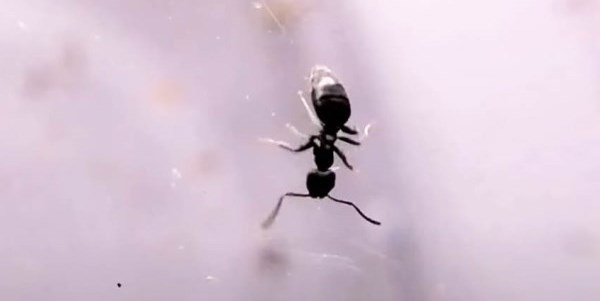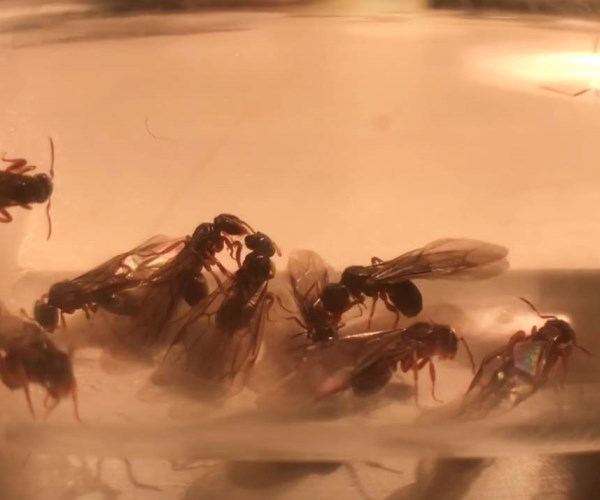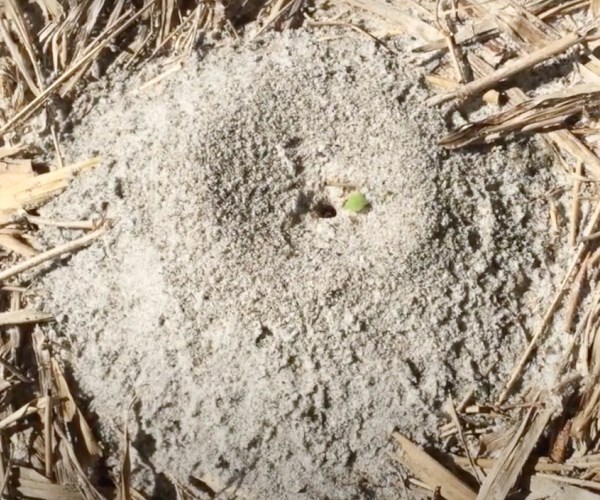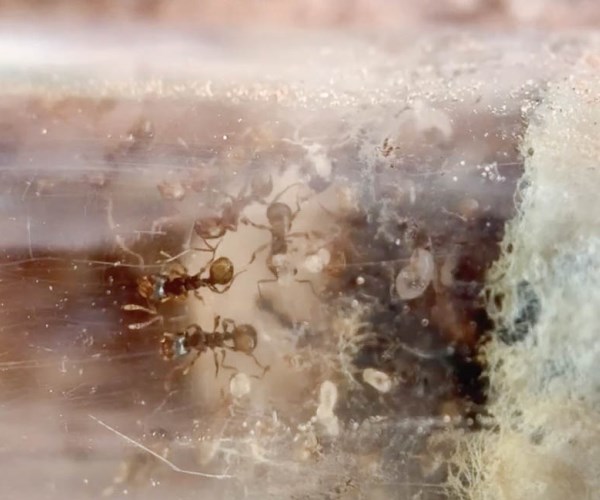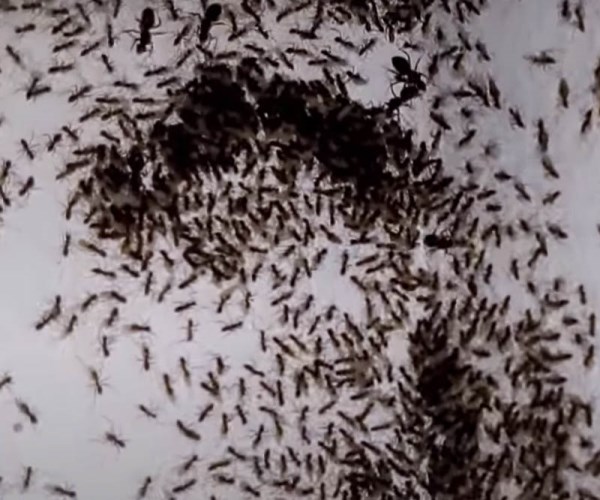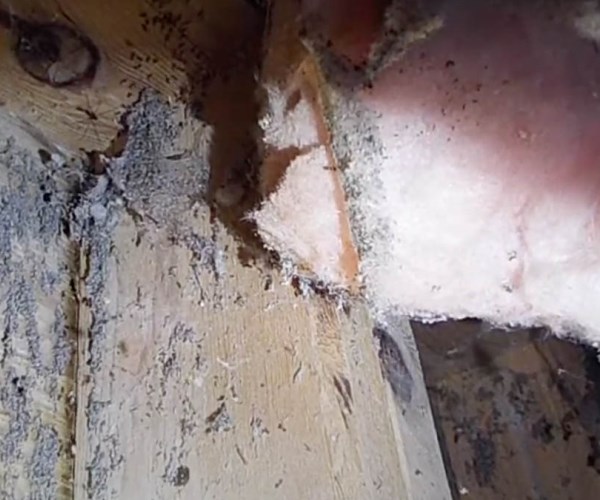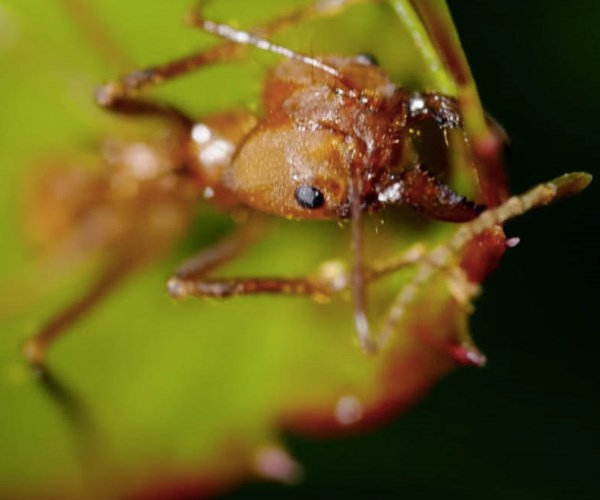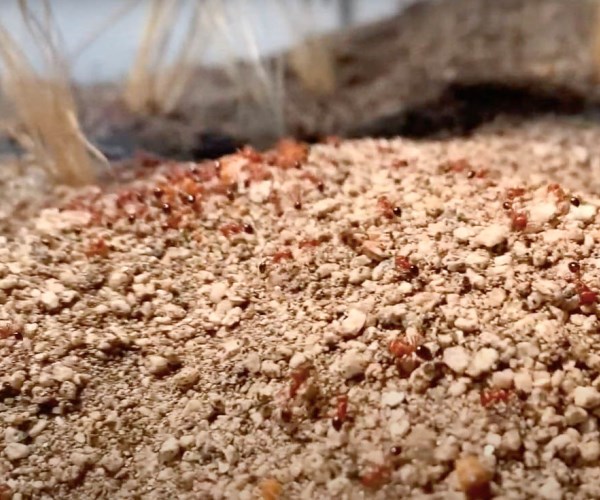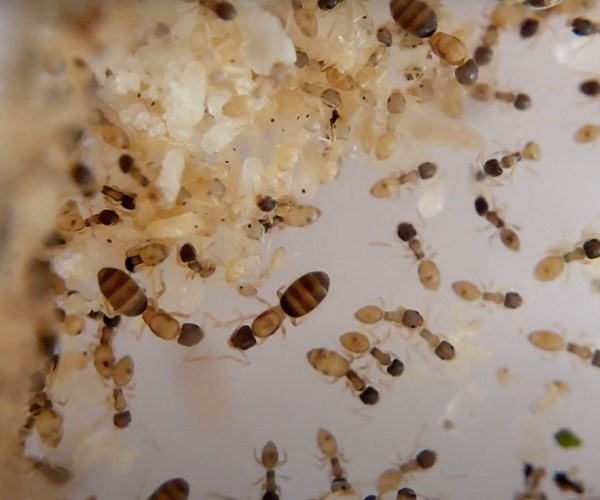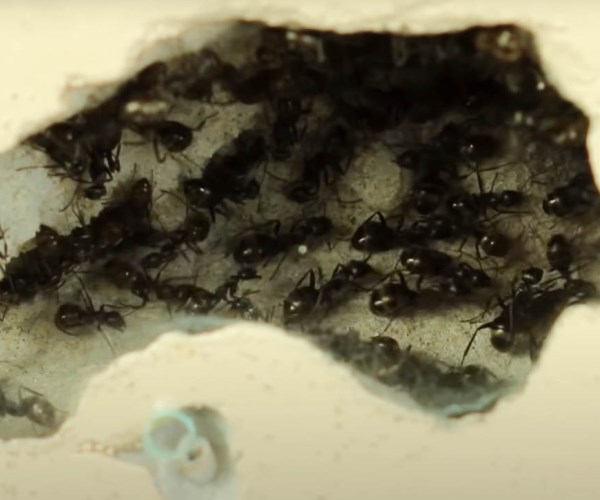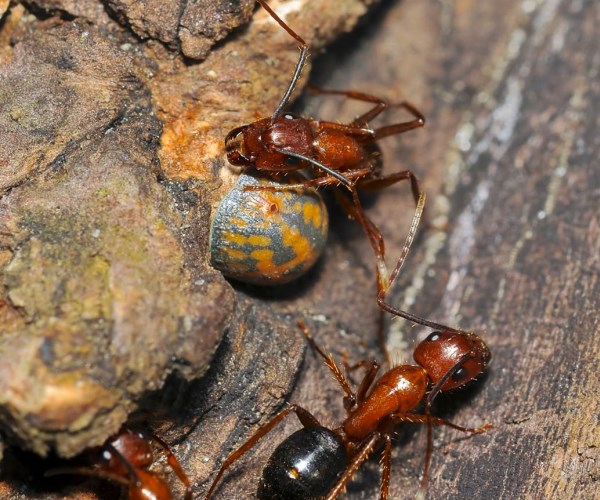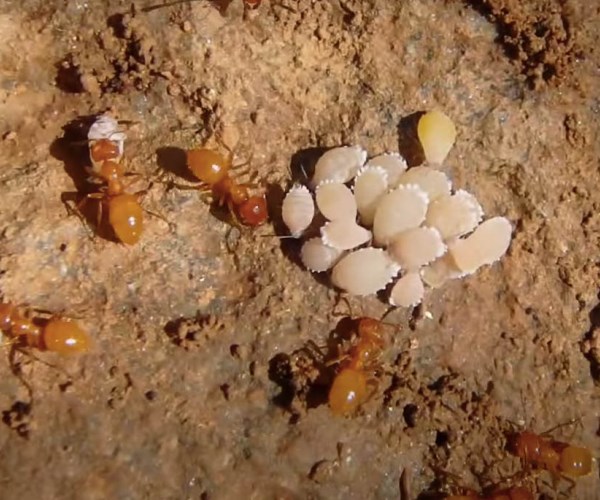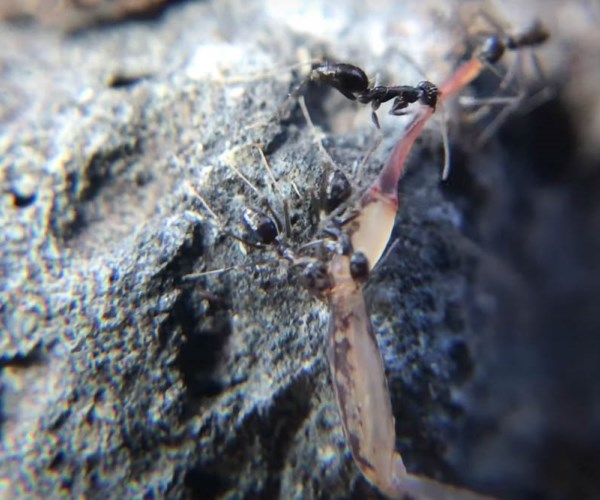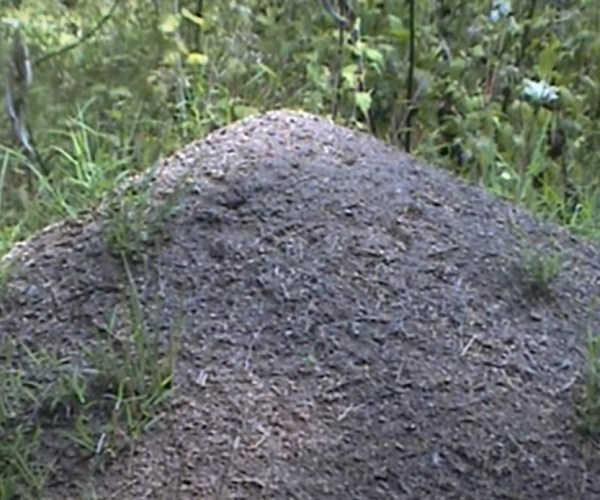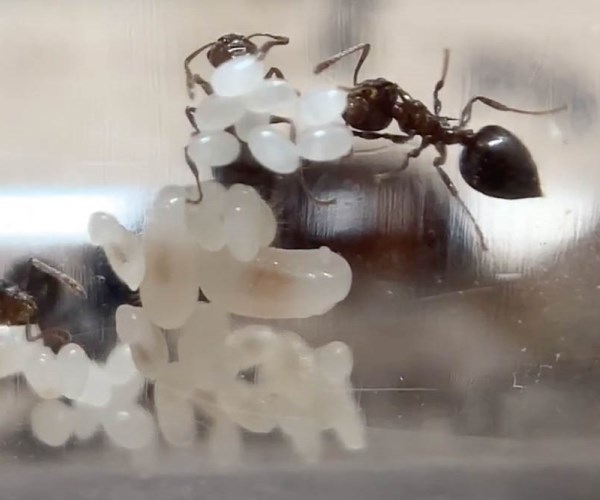About Bigheaded Ants
About Bigheaded Ants
As the name suggests, bigheaded ants have big heads, disproportionate with the rest of their bodies. This appearance is seen in the major workers. They are a dimorphic species with the major and minor workers differing in physical features.
The ants are a highly invasive species, with features that help them establish good populations within an area.
Appearance
The worker bigheaded ants are of two types: the major workers and the minor workers. The two types of workers have different physical features.

The major worker is the bigger ant with an average length that ranges from 1/8 th to 1/4 th of an inch. The minor workers are about half the size of the major workers. Both the major and minor workers have a reddish-brown color. The head of the major worker is much bigger than the rest of the body. The minor worker has a more proportionate head and body.
Behavior
The bigheaded ants are natives of tropical and subtropical areas and are well distributed globally. Different species of these ants are found across the US. The ants nest within the soil of their habitats including underneath logs, landscape timber, and stones. They may also nest within the soil of potted plants.
They are mostly found outdoors. Close to residential properties, they may be found underneath foundation slabs. They could also be found in damaged wood, with the damage caused by other insects.
Bigheaded ants have a diverse diet, which includes dead insects, plant materials, sweets, and garbage. Like make other ants, honeydew is part of the diet of bigheaded ants. This is why aphids, mealybugs, and other insects that make honeydew will attract them to an environment. A large population of insects can also attract the ants into yards. From the yards, they could go indoors, especially to kitchens where food sources are present. They access homes and properties through tiny cracks. Even though bigheaded ants can forage indoors, they hardly nest indoors.
A species of bigheaded ants creates linked trails through which they make interlinked colonies, creating super colonies. Super colonies specifically make the control of the ants difficult as the ant population can spread across city blocks.
The major and minor workers perform different duties within colonies. The major workers defend the colony and are the soldiers. They may break food sources and make them more accessible to other members of the colony. The minor workers are in charge of feeding and caring for the young. The minor workers also build nests. There are many more minor workers than major workers in
colonies.
Colonies of bigheaded ants have multiple queens. They reproduce within the tropics and subtropics. They lay eggs that hatch into the workers and reproduce.

Species of bigheaded ants make new colonies by swarming or budding, the method varying across locations.
These ants are an invasive species and can compete strongly with native ant species. They have been classified as one of the worst invasive ant species.
Bigheaded ants move in trails between their nests and food sources. They also create mud tubes similar to those created by termites.
Damage they cause
As an invasive species, bigheaded ants can easily establish a large population in an area. They cause minor destruction to lawns. Infestations of bigheaded ants on well-manicured lawns may be undetected.
When they infest homes, they contaminate food sources and destroy packaged foods. They could cause a lot of damage to pantries. They can also destroy houseplants by feeding on them. The ants do not bite or sting humans and do not cause structural damage. When they occupy rotted wood, the damage was probably caused by the activity of another insect. A few species of the ants are hosts of tapeworms.
Infestation signs
Sightings of the worker ants are an infestation sign. The worker ants may be found indoors in kitchens and bathrooms.

